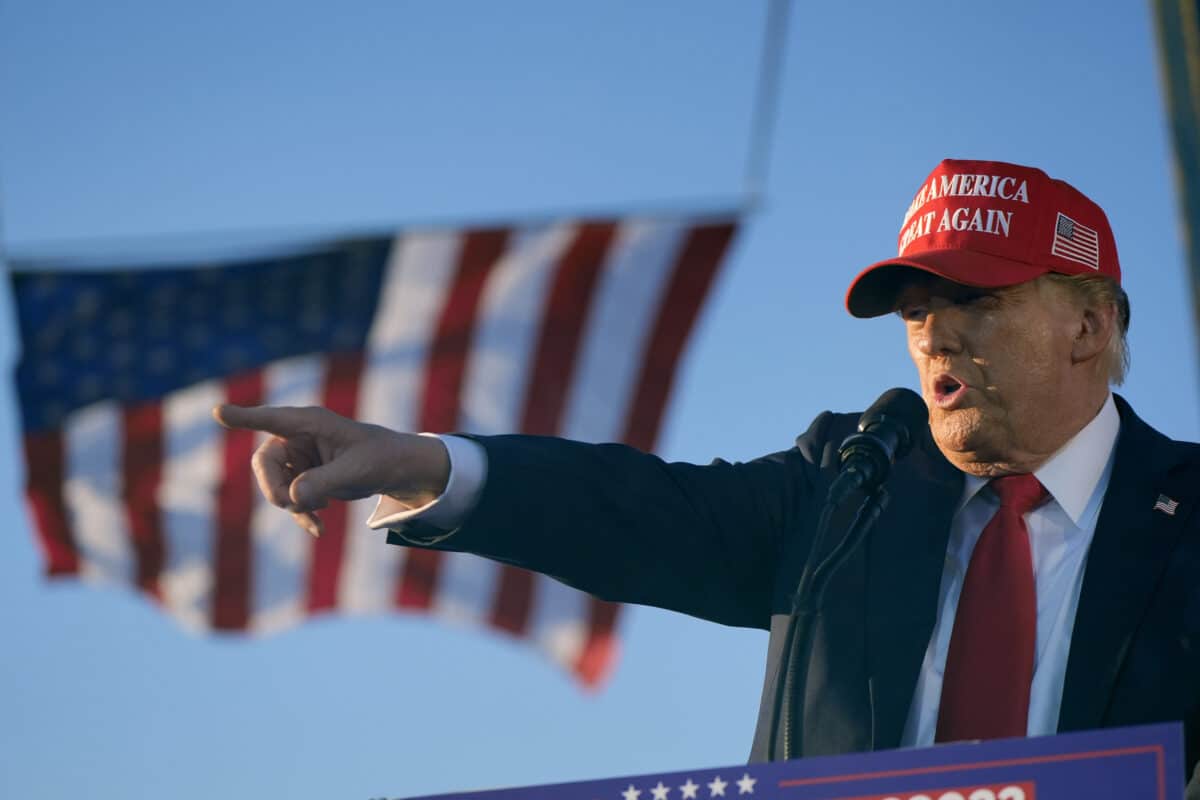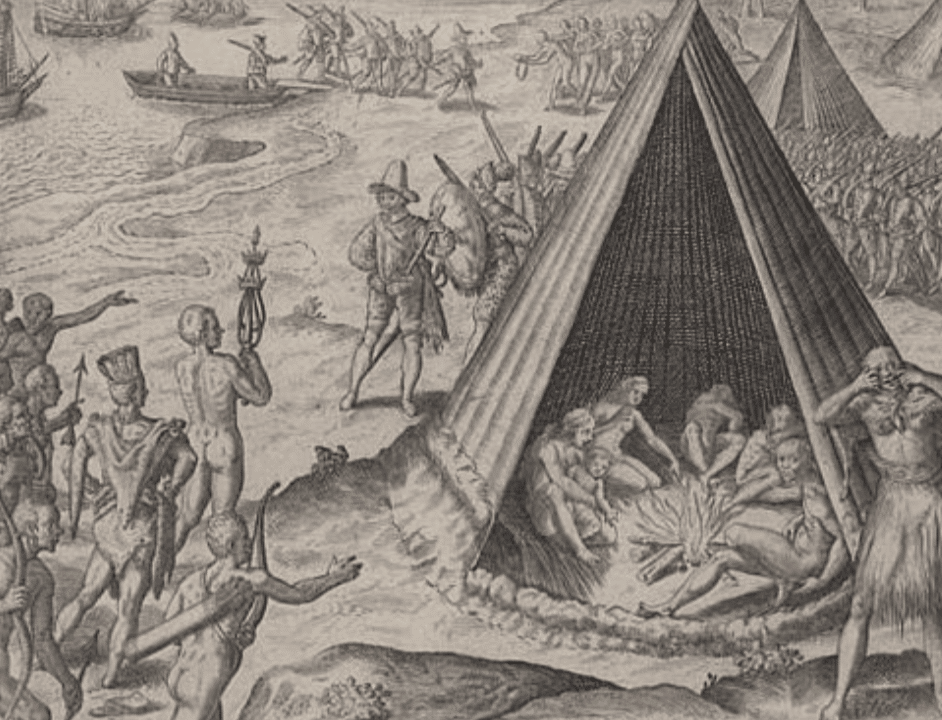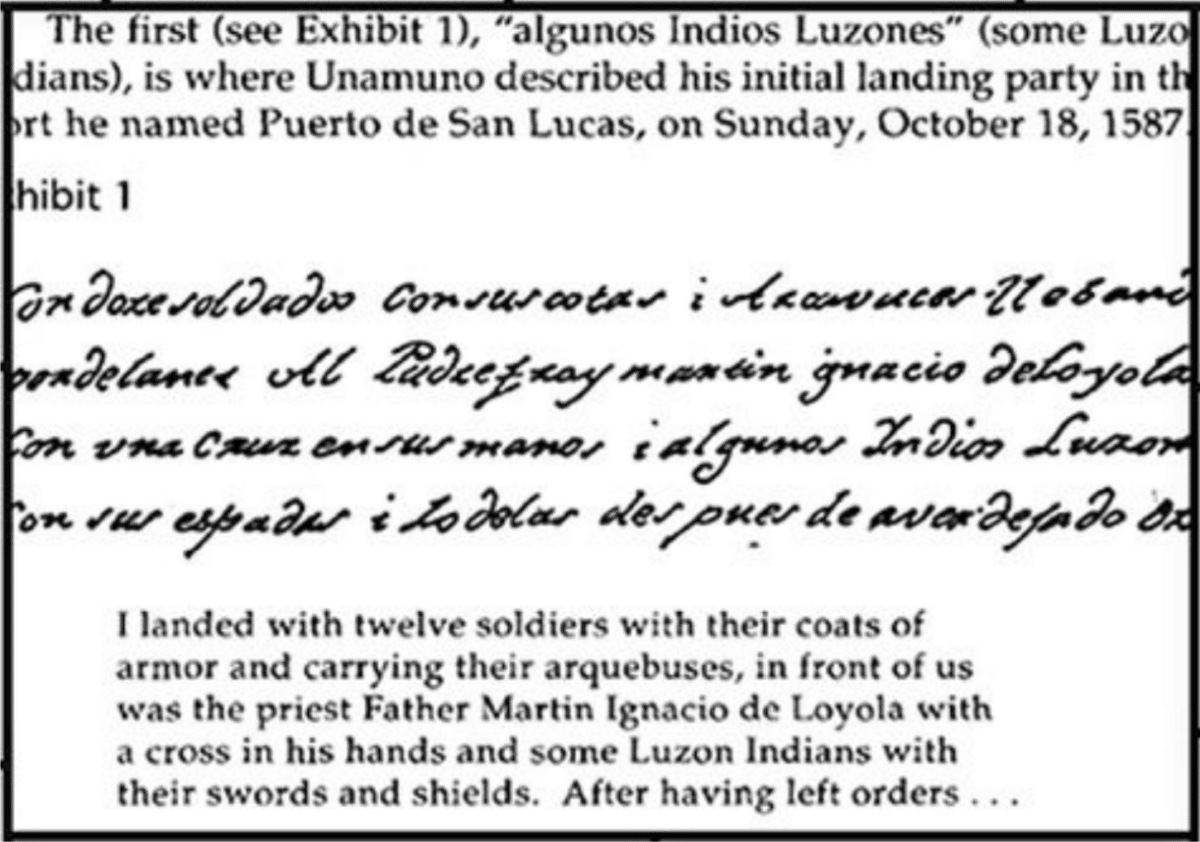More Trump hate in October. But the surprise? It’s Filipino American History Month

Republican presidential nominee former President Donald Trump speaks at a campaign rally at the Calhoun Ranch, Saturday, Oct. 12, 2024, in Coachella, Calif. (AP Photo/Alex Brandon)
If you’re paying attention to Donald Trump’s October ire, he’s not just saying “America has a genetic problem,” in reference to murderous immigrants as bad people.
Trump is extending his hate to all his dissenters. “I think the bigger problem is the enemy from within,” Trump said on Fox. “We have some sick people, radical left lunatics, and I think, and it should be very easily handled by, if necessary, by the National Guard, of if really necessary, by the military.”
He’s referring to rounding up critics, regular folks, citizens with First Amendment free speech rights. Not just immigrants, good or bad. Any dissenter is a target.
Now we have something to fear.
Most Filipino Americans know of this talk. Many amongst us are in diaspora not just for opportunity but to be free from autocratic rule.
Our families escaped the Dictator Marcos and started coming en masse to America in the 1970s. Those immigrants hear Trump’s statements in a different way.
They know how “talk” becomes real. They saw Philippine opposition leader Benigno Aquino, exiled to the US, return to the Philippines and get gunned down at the airport in 1983.
That’s Filipino American history.
Asian Americans are all freedom lovers. The Chinese left mainland China to flee persecution. Koreans fled to the US to escape the threat of North Korea. The Vietnamese fled Communism. Since 2000, more than 188,000 Burmese refugees have resettled in the US.
And that’s just a partial list of AAPIs here because they sought America’s freedom.
Now here is a man who wants to be president again and says he will round up the “enemy within.” And even use the military.
Add that to Trump’s other infamous statements, where Trump complains about immigrants as “poisoning the blood of our country.”
With three weeks to go before the election, Trump is ramping up the fear by brazenly lifting any doubt.
He is showing off his authoritarian desires to take the Constitution, fold it up and make it his personal crown.
His targets are set. Immigrants and the left, the enemy within.
Project 2025 will inform and empower him, unless voters choose to stop him with their vote.
October surprise? Filipinos discover America!
And to think, we’ve had Octobers with a campaigning Trump before. Recall how Trump admitted to his predilection to the sexual offense known as the “p-word grab.”
It didn’t make a difference.
Still, it was a revelation that spoiled my Indigenous People’s Day in 2016.
It made me unable to “dis” Christopher Columbus, the overreaching Genoan sailing for Spain, for his much-heralded and inappropriate land grab of 1492.
No worries. We have Oct.18, an even better day worth noting for Filipinos everywhere.
On that very day in 1587, the First Filipinos from Asia landed in America. And they didn’t grab a thing. At least, not for themselves. They even gave the Indians food and clothing, as peace offerings to their fellow “Yndios.”
The Filipinos were just working stiffs for the Spanish colonizers, who wrote the history.
If you’re counting, 1587 is 95 years later than Columbus, but 33 years before 1620, when the much ballyhooed Pilgrims, with the oversized hats and buckles, landed on a rock in Massachusetts and forgot it first belonged to the Indians.
Despite the egregious oversight, we still make much ado of those Mayflower folks in November.
And those First Filipinos? Well, as usual, they’re like modern Asian Americans who just don’t count.
Few make a big deal of Oct. 18, 1587, the day Pedro De Unamuno sailing for Spain landed on Morro Bay, close to San Luis Obispo on the Central Coast of California. But the Filipino American National Historical Society does, and it’s the main reason October is Filipino American History Month (from Oct.15 to Oct.31).
While Unamuno, not a Filipino, is only partially obscured in history as one of those “have-boat-will-travel” New World explorers, the Filipino parts of the story are almost totally obscured.
The turning point was the original research of Unamuno’s logs published in UCLA’s Amerasia Journal in 1996 by Eloisa Gomez Borah, librarian and a trustee of FANHS.
She makes the case for a Filipino presence, telling the story of how Unamuno was part of a Spanish expedition led by Francisco Gali in 1584.
When Gali died, Unamuno lost command of the two ships he inherited after taking a side trip to Macao. Stranded in Asia, Unamuno was finally able to buy another boat, described by Borah as a ” single-deck three-masted vessel” named Nuestra Senora de Buena Esperanza.
His deckhands and brawn were mostly Filipinos.
On July 12, 1587, Unamuno headed for points east and was at sea until the end of his voyage on November 22, 1587 in Acapulco, Mexico.
But there was a brief three-day land excursion between October 18-20 that turned out to be the northern California coast.
Unamuno sailed with the Franciscan Father Martin Ignacio de Loyola, nephew of the founder of the Jesuit order, a few priests and soldiers.
The logs also reveal the presence of at least eight Filipinos identified as “Yndios Luzones,” or Luzon Indians from the northern Philippines island of Luzon.
They were jacks-of-all-trade seamen, seen as the manpower of the ship. In an email exchange, Borah told me too often they were left off the logs.
“Filipinos present on these early explorations and trade ships were overlooked,” Borah said. “Even in Captain Unamuno’s log, which I chose because he did mention “Indios Luzones,” documenting the presence of Filipino natives was inconsistent; but my count in the article provides the proof.”
Borah counted “Yndios” appearing in the logs 42 times total. In 23 times, it was a reference to the native Californians encountered, but 19 times it described the crew.
They mattered on Sunday, October 18. That’s when Unamuno, after anchoring off the California coast in a place he called Puerto San Lucas, formed a landing party.
Twelve armed soldiers led by Father Martin Ignacio de Loyola, cross in hand, took to land.
On the first day, the expedition climbed two hills, saw no settlements or people, and took possession of the land for the King of Spain.
On the second day, October 19, eight Filipino scouts led a priest and 12 soldiers for further exploration.
It was on the third day, October 20, that the expedition encountered violence. But not before there was an effort from the ship’s barber and some Filipinos to make a peace offering of food and clothing.
Borah said it was fine until the Indians tried to kidnap the barber, and that’s when a violent exchange ensued. The log noted one soldier was killed, but so was one unnamed Filipino, by a javelin, his blood spilled on American soil.
Unamuno didn’t stay long. He left by daybreak on October 21 for Acapulco.
The significance of three days?
Borah calls it the unique evidence of a Filipino presence that is too often obscured when historians fail to identify or differentiate among non-Europeans in their crew.
When I contacted her, she was adamant.
“Filipino natives, among the non-white indios of that era, did not write the logs or the letters to the king or any other contemporary documents,” Borah wrote me in an email exchange. “However, Filipino indios were 4 out of 5 who worked the Spanish galleons (Schurz, 1939) in crossing the Pacific for 250 years, and they were the advance guard in the land expeditions and provided the information evidenced in Captain Unamuno’s log.”
She added, ” What needs to be done now is the championing of our history, because while Filipino ‘crabs’ snipe at our history that is documented by academic research, the Chinese are championing fable in 1421: The Year China Discovered America by a former British Navy officer Gavin Menzies.”
Borah was referring to a much discredited story that suggests China discovered America before Columbus.
So it’s interesting that Filipinos are still forgotten, unremarked upon, and ignored. We are 4 million strong out of nearly 26 million Asian Americans today.
Yet Filipinos were here to America first. They just left empty-handed after three October days in California, 1587.
That’s why we remember October as Filipino American History Month.
Emil Guillermo is a journalist and commentator. He writes a column for the Inquirer.net’s USA Channel. Listen to his micro-talk show on www.patreon.com/emilamok.



